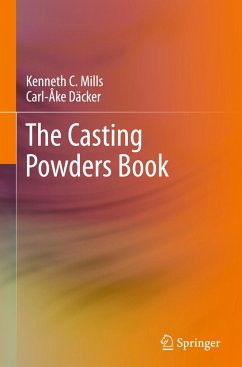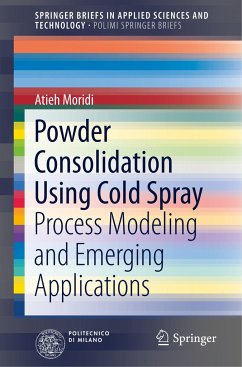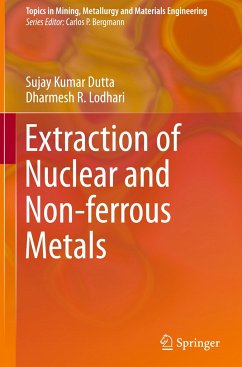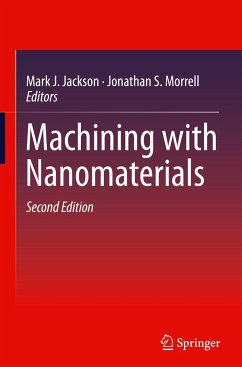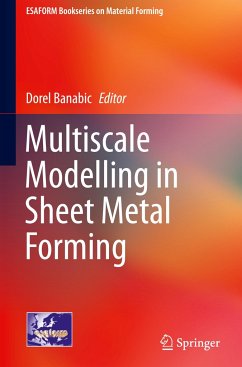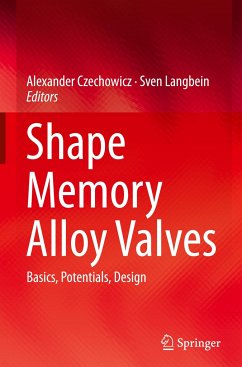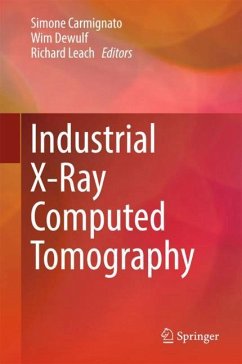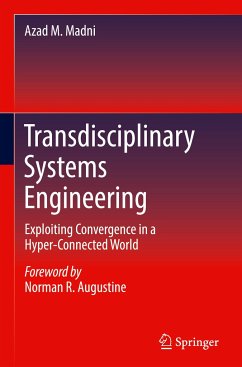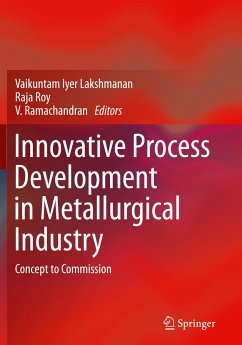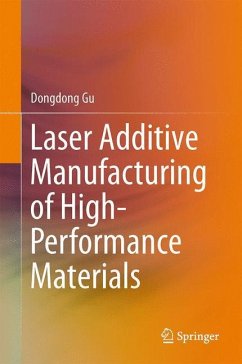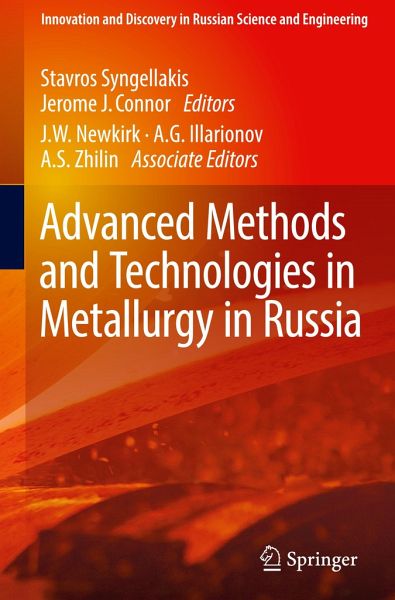
Advanced Methods and Technologies in Metallurgy in Russia

PAYBACK Punkte
38 °P sammeln!
The book provides a comprehensive overview of the most recent and advanced work on metallurgy sciences and technologies--including material characterization of complicated alloys, heat and surface treatment, ferrous metals metallurgy, and energy savings in pyrometallurgy--in the important Ural industrial region of Russia. Until recently, research into scientific and engineering problems within Russia developed along different lines than those in Europe and North America, but nevertheless resulted in remarkable achievements utilizing different tools and methodologies than those used in the West...
The book provides a comprehensive overview of the most recent and advanced work on metallurgy sciences and technologies--including material characterization of complicated alloys, heat and surface treatment, ferrous metals metallurgy, and energy savings in pyrometallurgy--in the important Ural industrial region of Russia. Until recently, research into scientific and engineering problems within Russia developed along different lines than those in Europe and North America, but nevertheless resulted in remarkable achievements utilizing different tools and methodologies than those used in the West. Many of these achievements - particularly in metallurgy - were made in the Urals.



